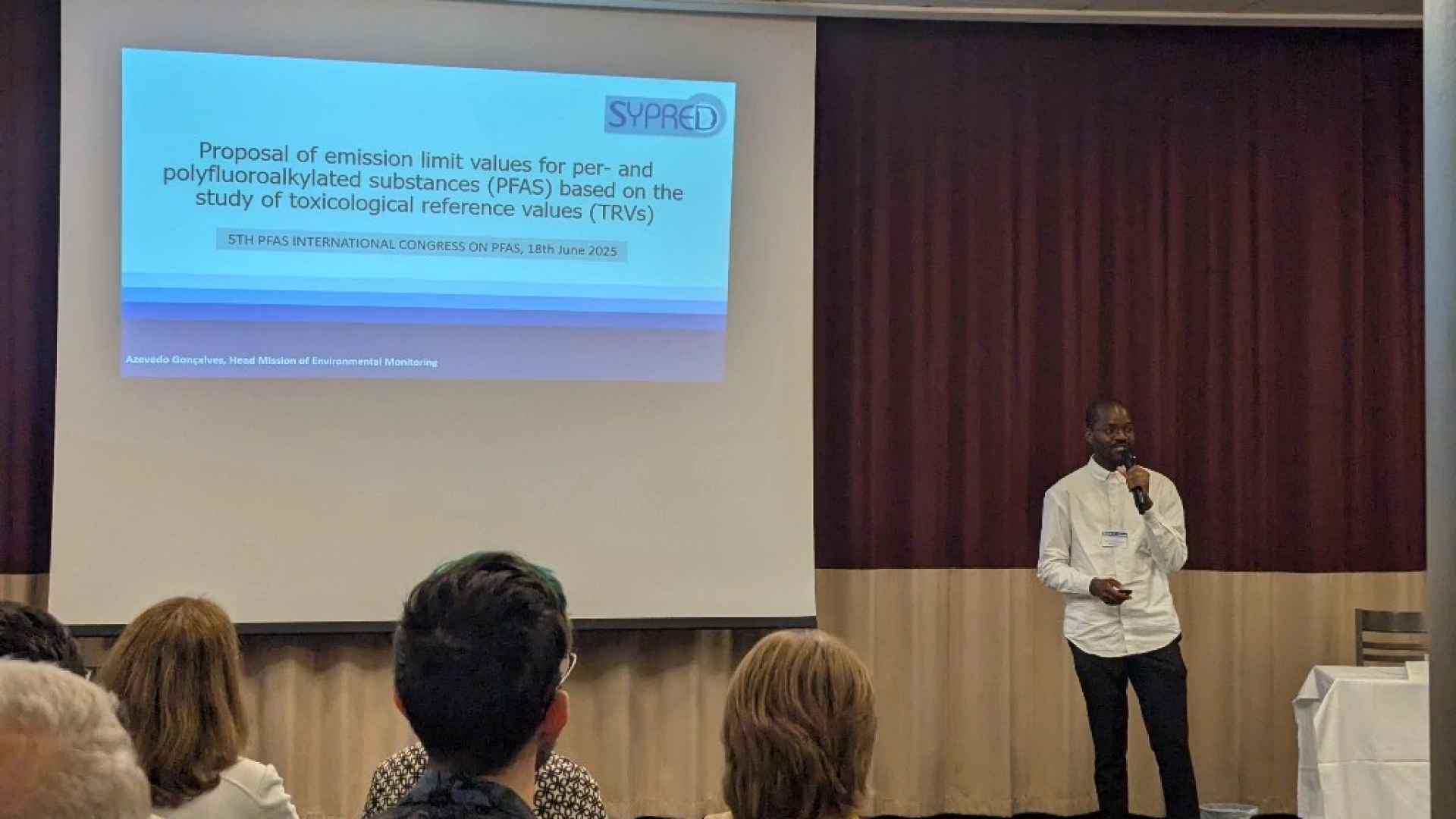PFAS in industrial water: SYPRED takes the lead!

In June 2025, the 5th international congress on PFAS was held in Paris, where Séché Environnement presented a study carried out for SYPRED, the trade association for the recycling, recovery, regeneration and treatment of hazardous waste. Objective: to propose realistic and scientifically relevant emission limit values to anticipate and contribute to the development of an ambitious regulatory framework.
PFASs, are substances widely used in many industrial sectors to manufacture our everyday objects and also to fight fires. They are often referred to as " eternal pollutants " because they are extremely resistant and tend to accumulate in the environment to the point of posing risks to human health. To combat this pollution, effective treatment of industrial water is a major challenge. But what constitutes effective treatment? When is it safe to return water to the environment?
When is it safe to return water to the environment?
While the European regulatory framework is evolving on these issues, it is still under construction on many aspects. In the absence of thresholds governing many substances in industrial discharges, SYPRED wished to anticipate future requirements by piloting a study aimed at proposing Emission Limit Values (ELVs) for PFAS in the liquid effluents of industrial sites.
This approach had the dual aim of:
- propose realistic but ambitious technical thresholds based on available toxicological knowledge
- help authorities build a clear, enforceable regulatory framework, for the benefit of public health and water quality.
An approach based on TRVs: the reference in toxicology
The ELVs proposed in this study are based on a solid and recognized method: they are deduced from Toxicological Reference Values (TRVs) established by health authorities (such as ANSES or EFSA).
TRVs correspond to levels of exposure deemed safe for human health. This approach is already widely used to regulate environmental emissions of other chemical substances (such as heavy metals or certain solvents). It ensures that the proposed limits are scientifically based, consistent with health protection objectives, and compatible with future European regulatory requirements.
Recognized for its mastery of the treatment of complex pollutants, Séché Environnement provided the technical and scientific leadership for the study. The Group, SYPRED and the players in the hazardous waste sector are thus demonstrating that by combining industrial rigor and environmental responsibility they are fully part of a dynamic of ecological transition.
